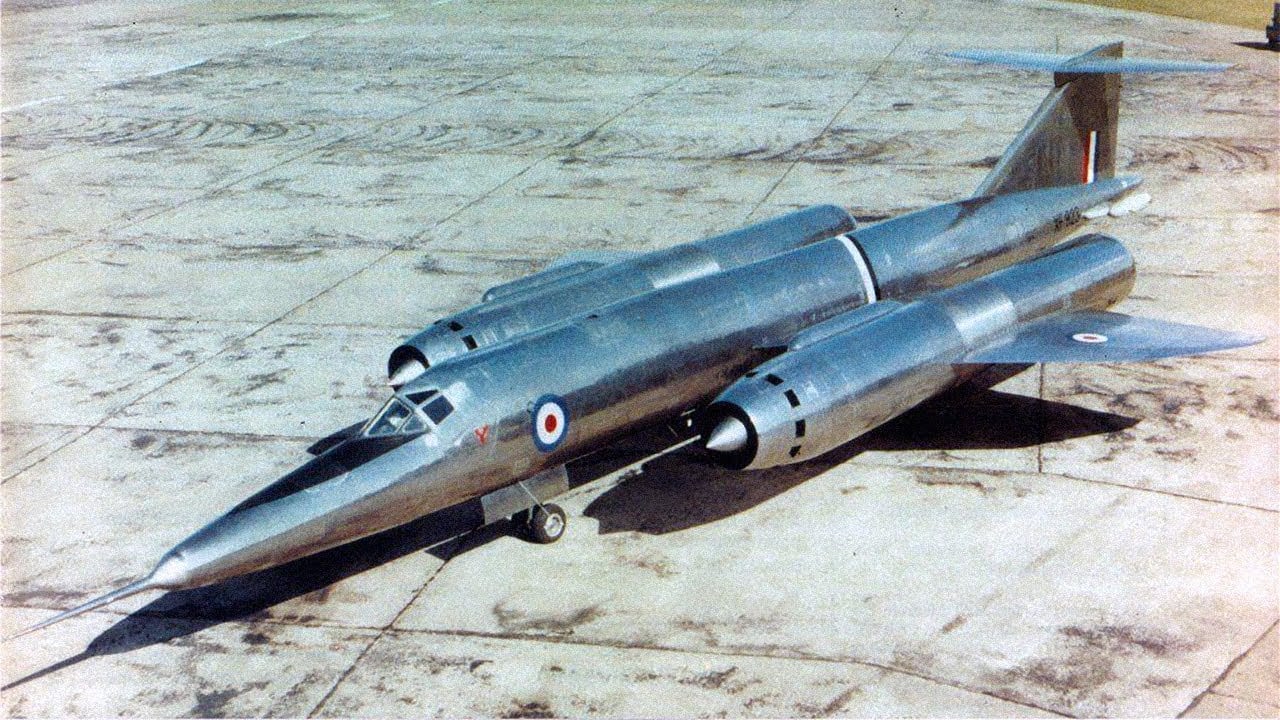President Donald Trump’s upcoming meeting with Russian leader Vladimir Putin at Joint Base Elmendorf-Richardson in Alaska underscores a significant geopolitical irony: a site historically pivotal in countering Soviet threats now serves as the backdrop for discussions regarding the ongoing war in Ukraine. This military base, which has transitioned from Cold War operations to contemporary strategic roles, continues to host critical aircraft, including the F-22 Raptor, and remains active in intercepting Russian incursions into U.S. airspace. The choice of location not only enhances security but also allows Trump to project military strength while minimizing public dissent, a calculated move to facilitate a productive dialogue with Putin amidst rising tensions and international scrutiny.
The implications of this meeting extend beyond mere symbolism; it represents a strategic maneuver by Trump to establish rapport with Putin while potentially reshaping the dynamics of the Ukraine conflict. By signaling a willingness to negotiate, Trump aims to lay the groundwork for a ceasefire agreement, which could involve contentious land swaps. European leaders, including French President Emmanuel Macron, express concern over the lack of their involvement in these discussions, fearing outcomes that may inadvertently bolster Russian objectives. As Trump anticipates a follow-up meeting to solidify agreements, the stakes are high, with the potential to redefine U.S.-Russia relations and the future of Ukraine's sovereignty.









